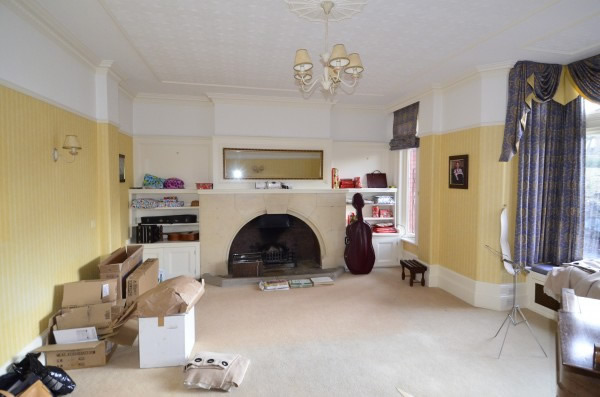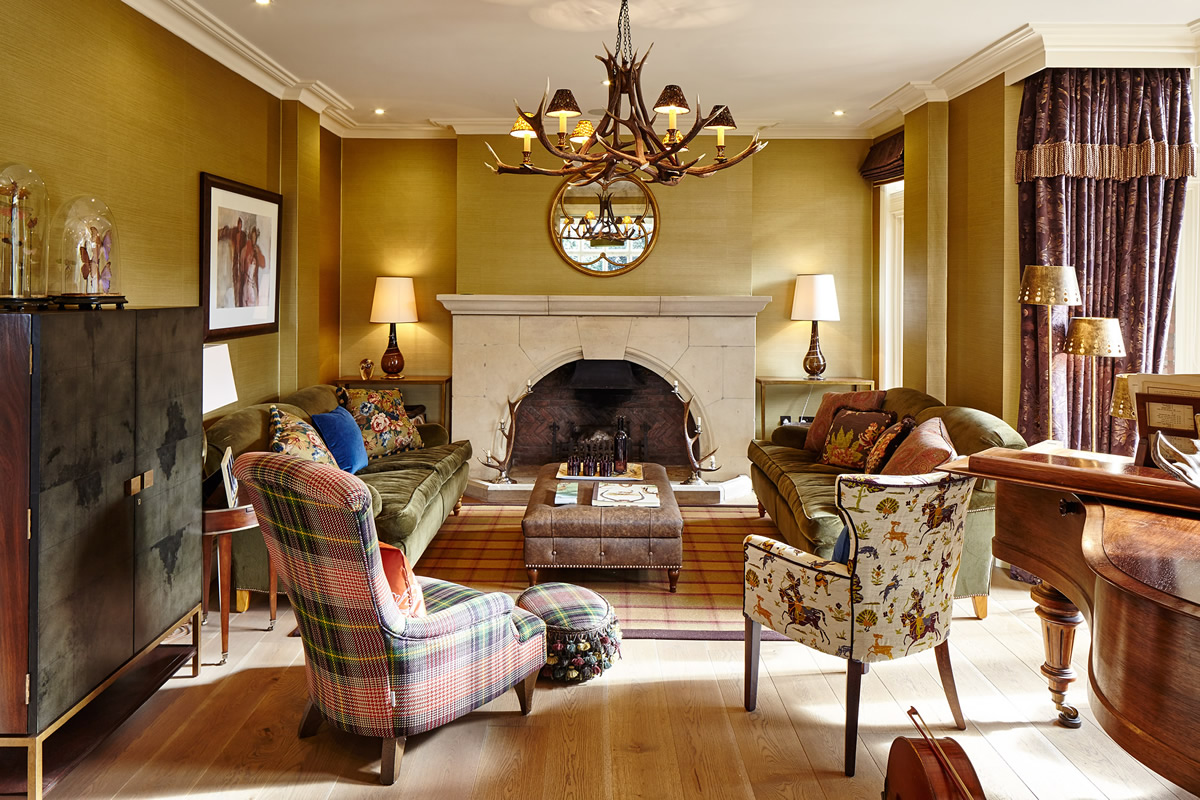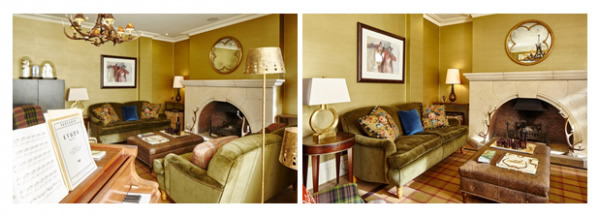Sailor Woolworks, also commonly known as ‘Woolies’, became popular in the 19th Century as a pastime hobby for men working out at sea. Sailors learnt sewing and needle work skills through routine tasks such as repairing sails and clothing whilst on board. Seamen utilised these skills to make needle work pictures of their ships and the landscapes they sailed upon; passing the long hours and keeping their fingers nimble in the wind and cold.
Originating as a self-taught hobby and forming a tradition of wool work, these folk art pictures were not intended to be sold, therefore they are unsigned. It can, however, be possible to date the Woolworks, as seamen would incorporate significant elements such as patriotic flags and symbols, and quite often the ships name into the embroidery.

‘A great variety of stitches were used, such as the cross stitch, chain stitch, darning and the quilting technique called trapunto. The earliest existing examples of woolies date from the 1830s, and demonstrate the use of a chain stitch – each stitch seems to go into the one before and is less than a quarter of an inch long. An adaptation of this stitch is the long stitch, used in woolies after 1840; it is a long stitch that leaves little thread on the back, saves wool and makes for much faster sewing. Some sailors even added bits of bone, metal, wood, glass, or some other such embellishment to decorate their woolwork ship portraits.’ (http://www.vandekar.com/sailors-woolies-woolwork-pictures.asp)
Woolworks were popular up until around World War 1. Since this time, retired seamen and fishermen had taken up the hobby rather than working men at sea. More recent works created a ‘great individual expression to produce remarkable personal tributes to the ships on which they sailed and to their own maritime histories’. Working from home also gave the opportunity to introduce finer materials such as cotton and silk when available, to embellish the traditional wool work.
We have a selection of Sailor Woolwork in our showroom for Sale.



